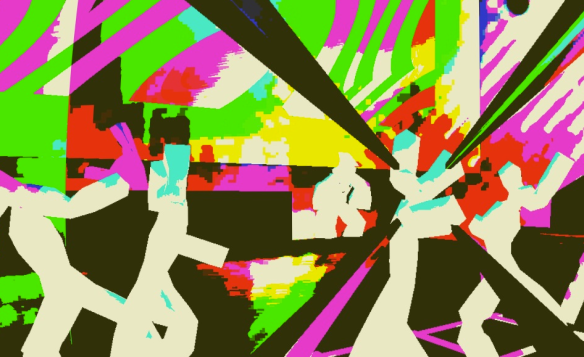
This past weekend I released a new game, Brendan Keogh’s Putting Challenge. The title is both a reference to that Simpson’s episode, and also following the excellent 2018 tradition of Australian gamemakers putting their name on their games (Getting Over It With Bennett Foddy, Grace Bruxner Presents The Haunted Island, A Frog Detective Game).
This project started with me wanting to return to Unity to make a large map that you could explore and just find a whole bunch of stuff in. Like an enchanted forest where you just walk forever in one direction and then just find some kids smoking at a skate park or something. After a little while I realised I really wasn’t in a position to return to Unity, that any Unity project was just going to be too intensive for me at the moment, and also that such a project, even if I was to use ‘bad art’, would still need art way better than I could produce.
So then I decided I’d just make a big world to explore in Pico-8 because at least that’s doable for me. I can figure out 8×8 pixel art. But then I decided to take a small golf prototype I already had sitting on my computer and combine the two together into a ‘golf game with the boring bits left in’. So essentially the world is a golf course, you can play a full round of golf, but you have to walk everywhere yourself rather than getting teleported to where the ball landed on your last swing, and if you wanted you could just wander off and see what else is out there. Continue reading


You must be logged in to post a comment.